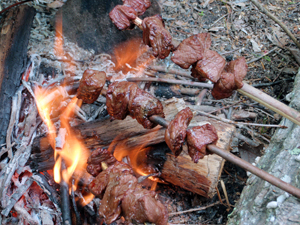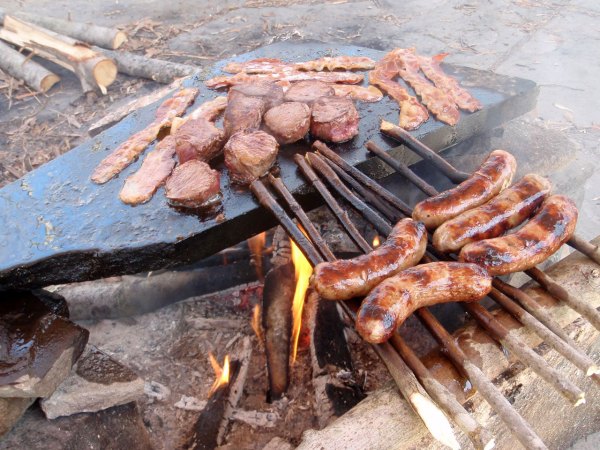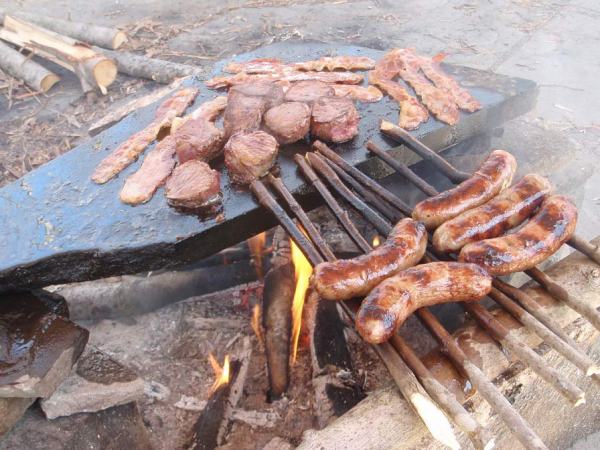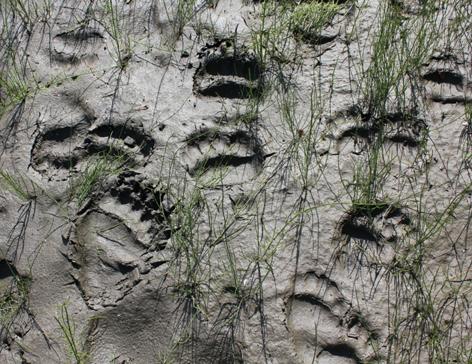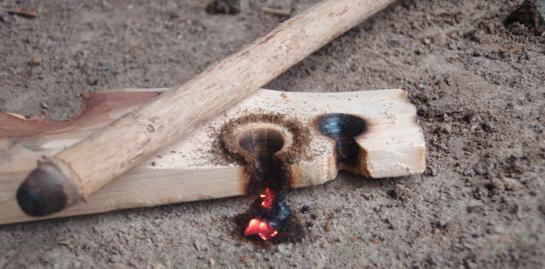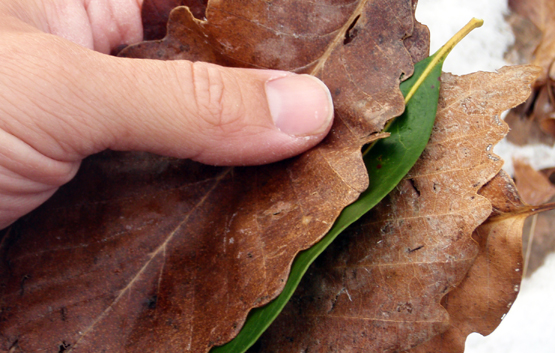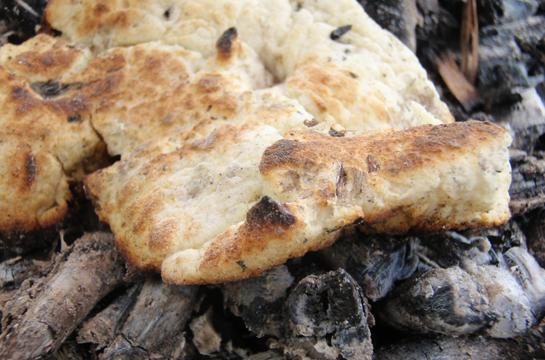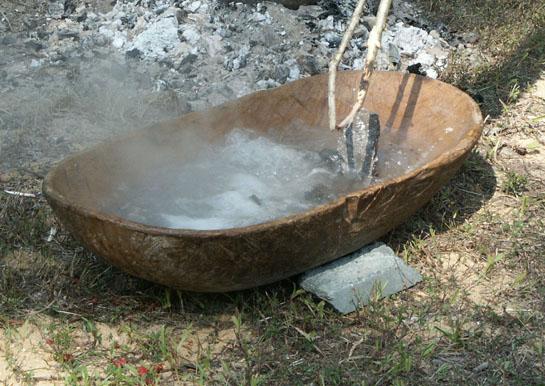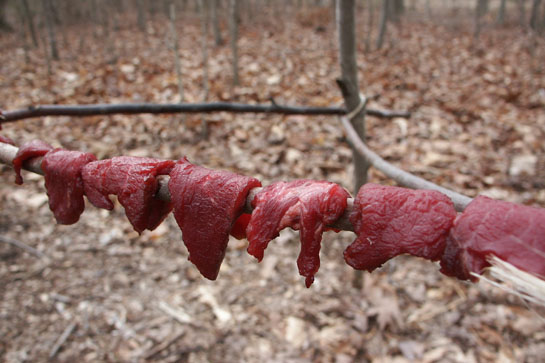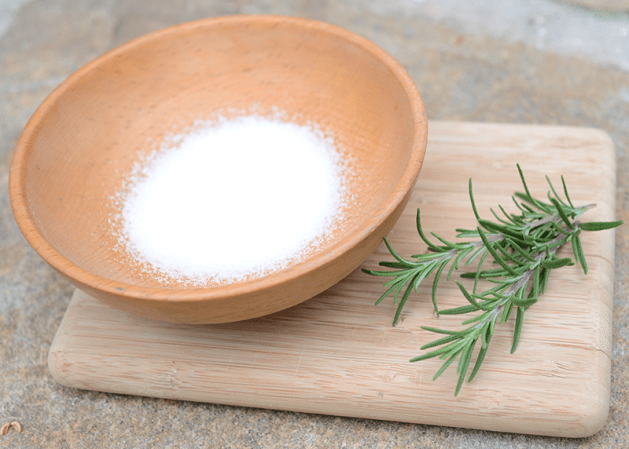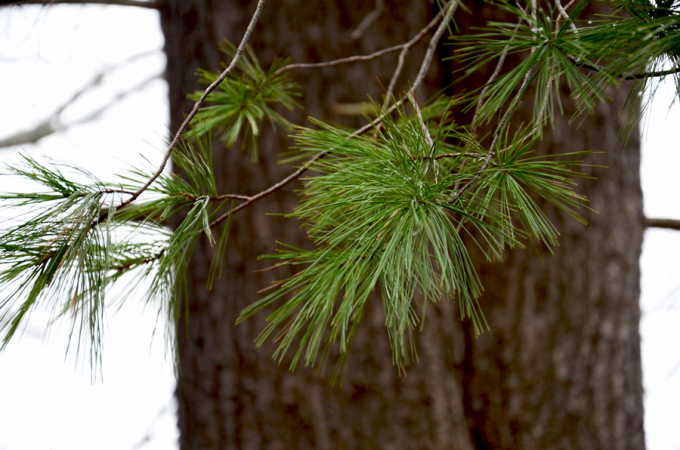Skewers, spits and kabobs can go way beyond their simplistic use in roasting marshmallows. These versatile cooking tools represent one of the fastest survival cooking methods you’ll find. Cooking directly over the campfire with your food on a stick can give you greater control over temperatures than other cooking methods, as the height of the food from the fire can be easily changed. And if you are using a small, smoky fire, you can slow cook your foods to perfection and give them a great smoky flavor.
While green wood skewers and spits are probably the most primitive tools for cooking over a fire, don’t think that primitive is synonymous with being bad. This is one of my favorite cooking techniques.
Tips for cooking with wood skewers, spits and kabobs:
• The fire should have a good bed of coals and be fed with hardwoods if possible. Softwoods burn too quickly and some resinous ones like Pine and Cedar make harsh, unpleasant tasting smoke.
• The wooden skewers, spits and grills must be green, non-toxic wood and you need to leave the bark on to keep them from drying out and catching fire.
• Avoid woods that break easily; and avoid woods that are sticky or crusted with pitch and resin, like Pine, Spruce and Fir when selecting sticks for your skewers.
• These cooking skewers can be made from a variety of tree and shrub branches or saplings. Most live, non-toxic woods should do fine. Also try woods that are pleasantly aromatic, like Sassafras and Spicebush. Avoid woods that are toxic such as Buckeye, Horsechestnut, Rhododendron, Mountain Laurel, Yew and Black Locust.
• If your skewer is pointed on both ends, you can easily stick your food on one end and then stick the free end into the dirt for hands-free operation.
What’s your favorite food cooked on a stick? Let us know by leaving us a comment below.
